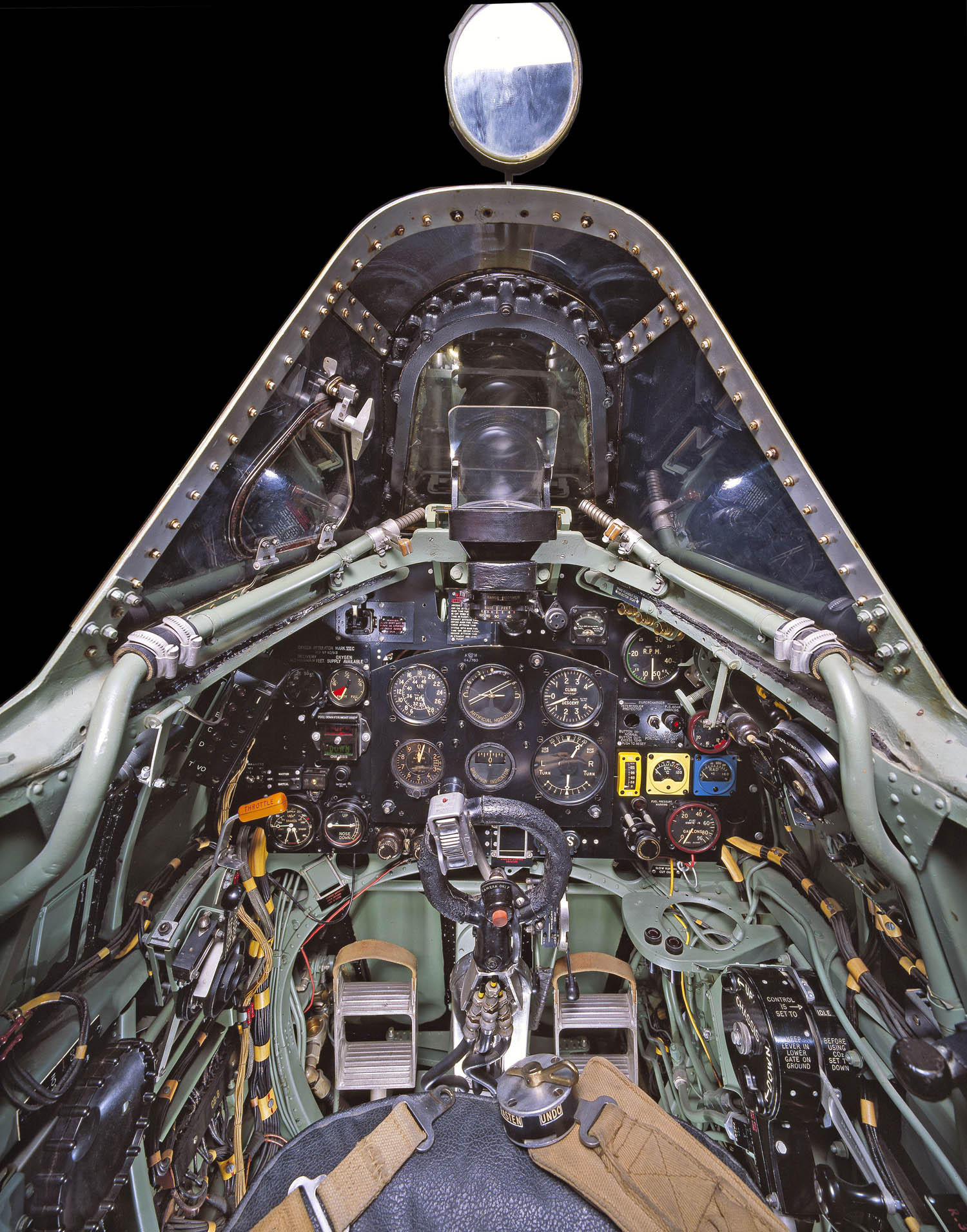


Welcome to the
new controls home page.
To make it
easier to find what you are looking for the controls have been listed in
appropriate groups.
(Controls Home)
(Controls page
1 throttles)
(Controls page
2 Rudder Pedals)
(Controls page
3 Control Grips
, yokes ,brake levers and columns)
(Controls page
4 trim units)
(Controls page
5 Undercarriage)
(Controls page 6
Miscellaneous)
(Controls page
7 items
wanted and for reference)

|
